Age-Old Challenges for Women in the Workforce and Their Modern Solutions
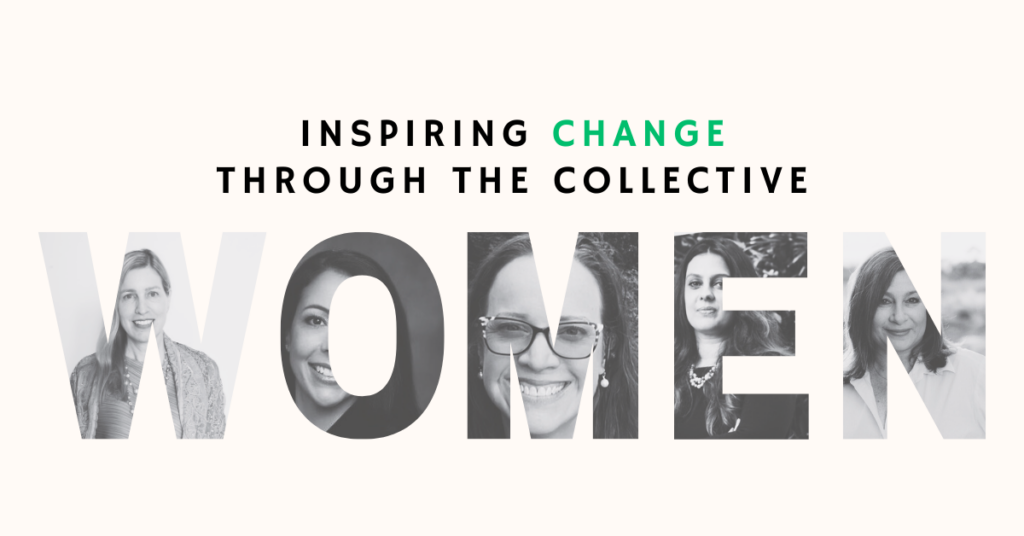
While we’re on the topic of women and their rightful place in the workforce, I recall a scene from a popular TV series, Mrs. America. Phyllis Schlafly (played by Cate Blanchett), a political lobbyist, is in a meeting room full of men in the White House, when they ask her to take notes because “she must have the best handwriting”. Now, this was the 1970s, and we can all agree that ‘the workplace’, agnostic of geography, type, and brand names, has come a long way from such casual sexism. The Mad Men of the world can no longer afford to make overtly sexist jokes about the women in their office. Then why do we still need to have conversations about inclusion, diversity, and going the last mile when it comes to women?
This may be because, in spite of well-intentioned efforts on all fronts, women still earn 16% less than men on average (Source: Forbes). The Global Gender Gap report published by the World Economic Forum states that women constitute 41.9% of the workforce in 2023. Yet, the proportion of women in senior leadership roles (Vice-President, Director, or C-suite) is only 32.2.%. From the crippling effects of imposter syndrome to overcoming unconscious biases, women in the workforce have a lot on their plate. On this Women’s Day, let’s delve into the age-old challenges that women encounter in the workforce and explore innovative, contemporary solutions to address them.
1. Confidence Gap and Imposter Syndrome

Did you know that women don’t apply for jobs unless they have 100% (or close) of the skills needed and men only look for a 60% fitment? What this indicates is a ‘confidence gap’ that makes women in the workforce limit themselves and not reach out for the roles they might actually get. Women, in general, underestimate their ability to get the job done or feel less prepared for promotions when their work proves otherwise.
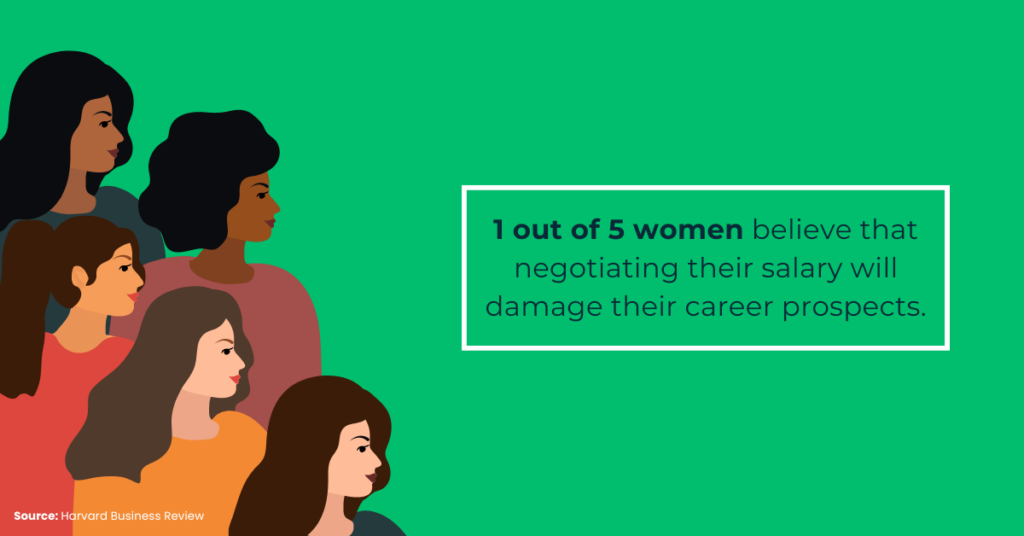
Jigyasa Labroo, Co-Founder and CEO of Slam Out Loud, expressed the concept of the confidence gap with a beautiful analogy at the ASU+GSV & Emeritus Summit 2024.
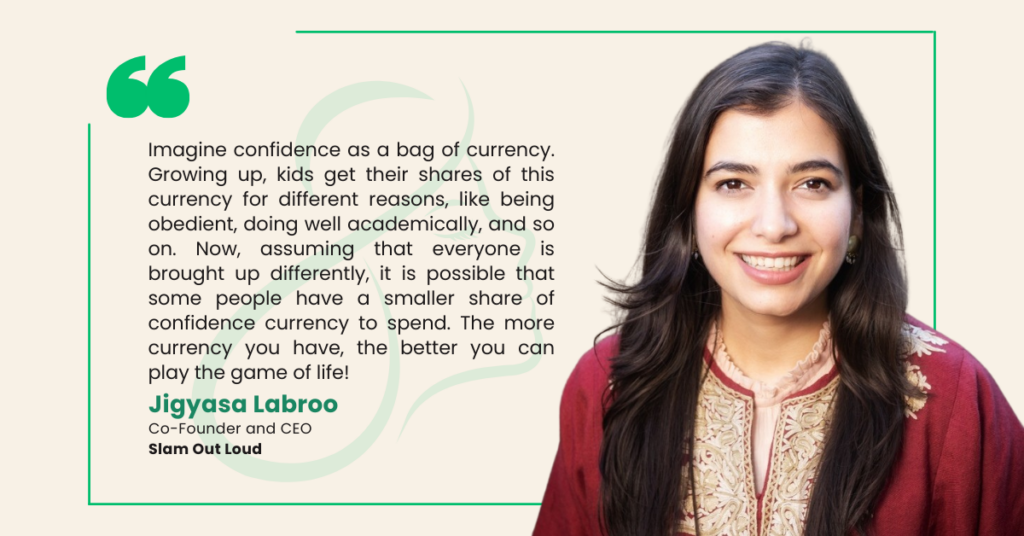
Now, imposter syndrome is a clinical term that defines a condition where you feel like a fraud despite obvious success and potential. It is a result of the gap in the confidence one should ideally feel based on one’s abilities and achievements and how underconfident one is.
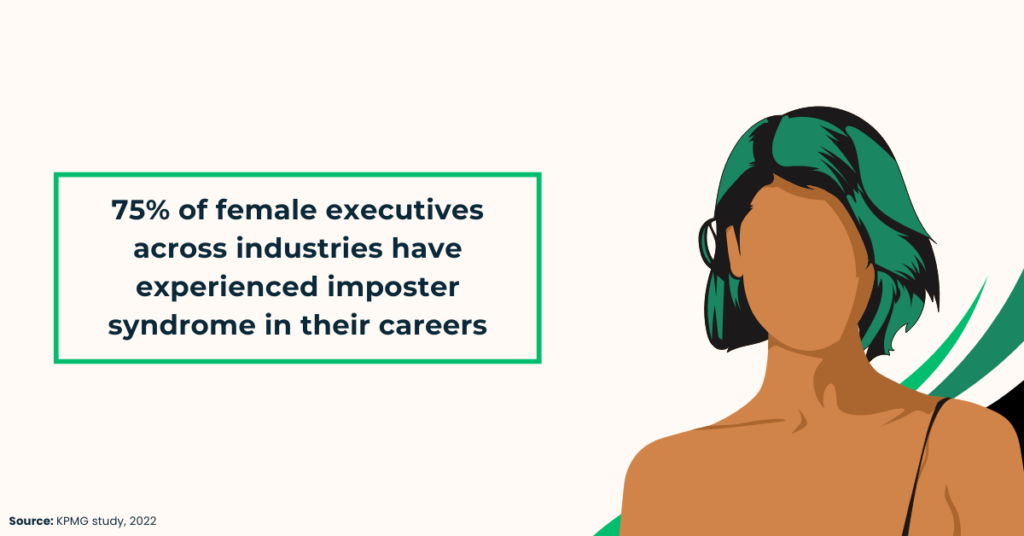
Both the confidence gap and imposter syndrome are not exclusive to women. However, they’re more synonymous with women than their male counterparts. Why? Well, you just have to listen to America Ferrara’s power-packed monologue from Barbie to find the best answer to that question, but we will leave you with a gist:
“It is literally impossible to be a woman. You are so beautiful, and so smart, and it kills me that you don’t think you’re good enough. Like, we have to always be extraordinary, but somehow we’re always doing it wrong.”
Overcoming the Confidence Gap with Self-Awareness
Agnostic of gender, we all don’t have the same amount or kind of currency, to begin with. This lack of confidence may lead to one feeling like a fraud in spite of obvious success. However, the solution lies in self-awareness. We caught up with Liza Wolf, General Counsel and Senior Vice President, Legal and Compliance at Emeritus, and here is what she had to say:
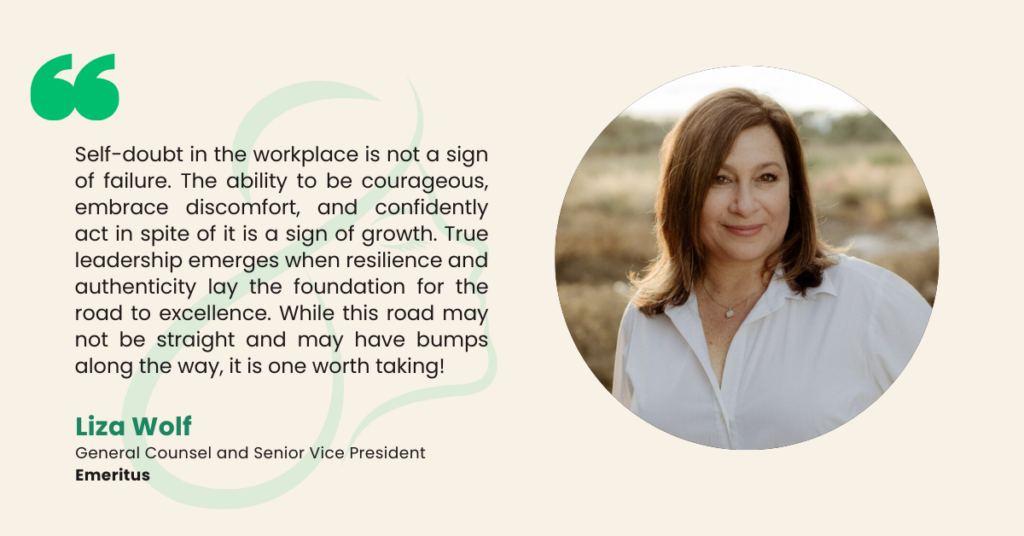
If we’re to put it simply, continue working on yourself, uplift the women around you on a job well done, or at the very least, fake it till you make it!
2. The Gaping Pay Gap

“When I finished my doctorate in 1998, there was a 24% pay gap between men and women in the US. Twenty-four years later, in 2022, that had only improved by a shocking 6% to 18% (Source: Pew Research Center)”, says Karen Mahon, Senior Vice President of Design and Learning at Emeritus. When we add filters to these statistics, the numbers read much worse. For instance, the pay gap is wider for women of color in the US.
Bridging the Pay Gap With the Right Information
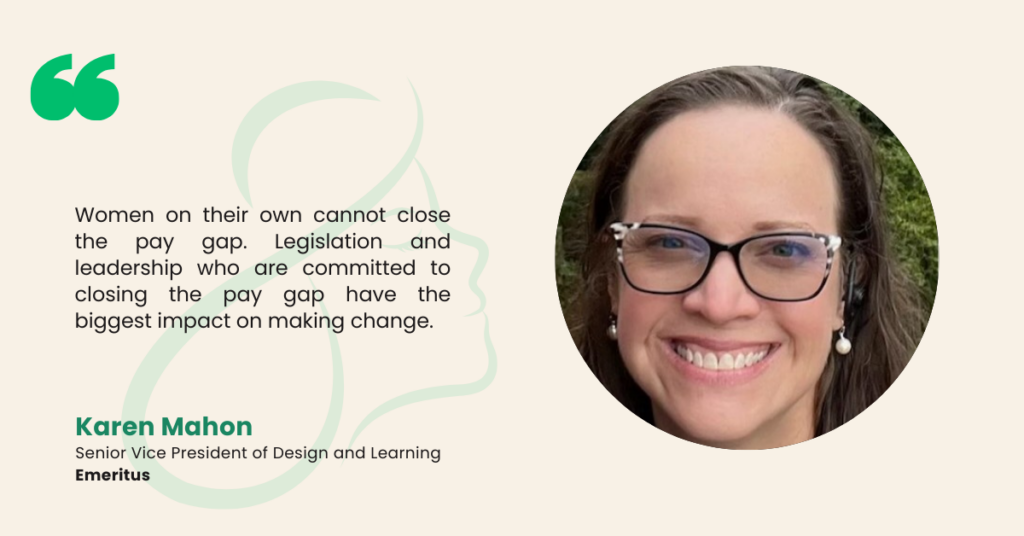
History and data both indicate that the pay gap hasn’t gone anywhere for a while, unfortunately. So, while we wait for proactive legislature and leadership to correct the situation, what more can we do? According to Mahon, having the right information is half the battle won.
The pay gap hides in plain sight because compensation is a subject shrouded in secrecy. Conversations about salaries with peers are also discouraged. If we are to beat the pay gap, here is what women need to do:
- Ask Human Resources to share the salary band for your position
- If you are a woman in a leadership position, use your position to implement corrections within your team
- Form allies and recruit male advocates for this cause
3. Some Conscious and Plenty of Unconscious Biases
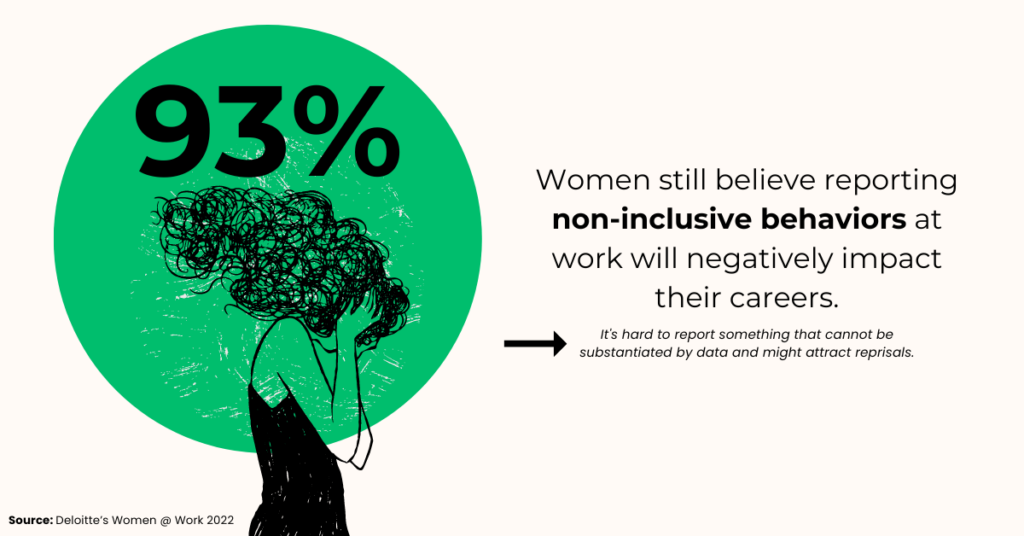
Biases against women are way more challenging to highlight because, unlike the pay gap, biases are quite subtle and subjective. Conscious biases towards women indicate complicit sexism. Whereas unconscious biases require bias training. To name a few of the most common biases, it could be picking a male candidate over a married female candidate at an interview, assuming she got this far thanks to her father or husband, and not letting women be heard are some of the ways in which we practice this at the workplace consciously.
Interrupting women in conversations, mansplaining, and setting the temperature of the office space on an average based on the metabolic rate of a 40-year-old man, are all unconscious biases we continue to live with.
Conquering Biases with Data and AI
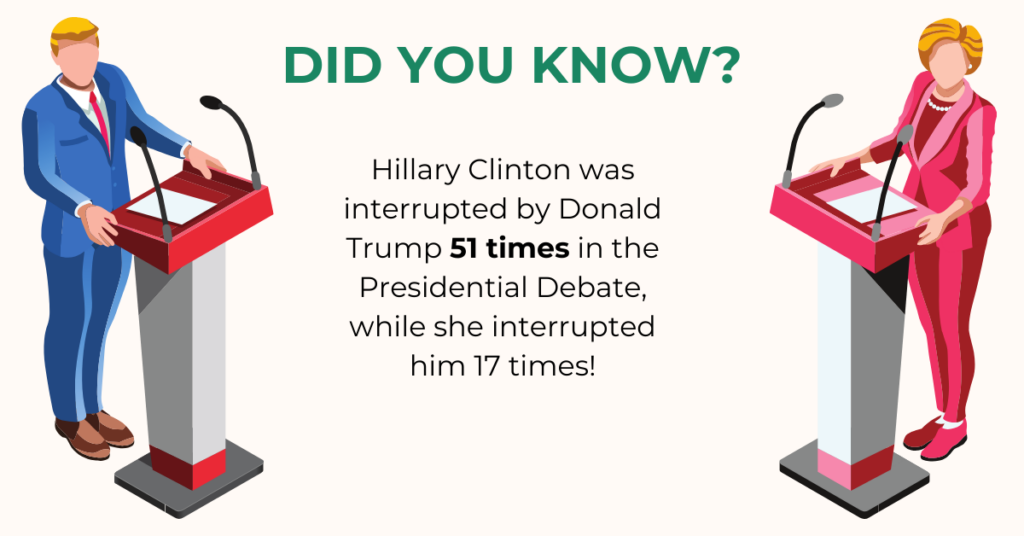
Small, conscious changes can go a long way in making a big difference. To counter women being interrupted in meetings/being talked over is annoying and troubling. Did you know that technology can analyze your calls/conversations to give a detailed report on how many times a woman has been interrupted in a conversation and what the overall tonality of the participants has been?
Women Interrupted was one of the pioneers in this direction and famously pointed out details related to the Presidential debate. GenderEQ, which also came around in 2017, could spot mansplaining. And there are several other apps and plugins on the internet that use AI to give women the data they need to report such instances. Initiatives like this can be proactively used by everyone to check themselves from time to time. We urge you to try it as an ally.
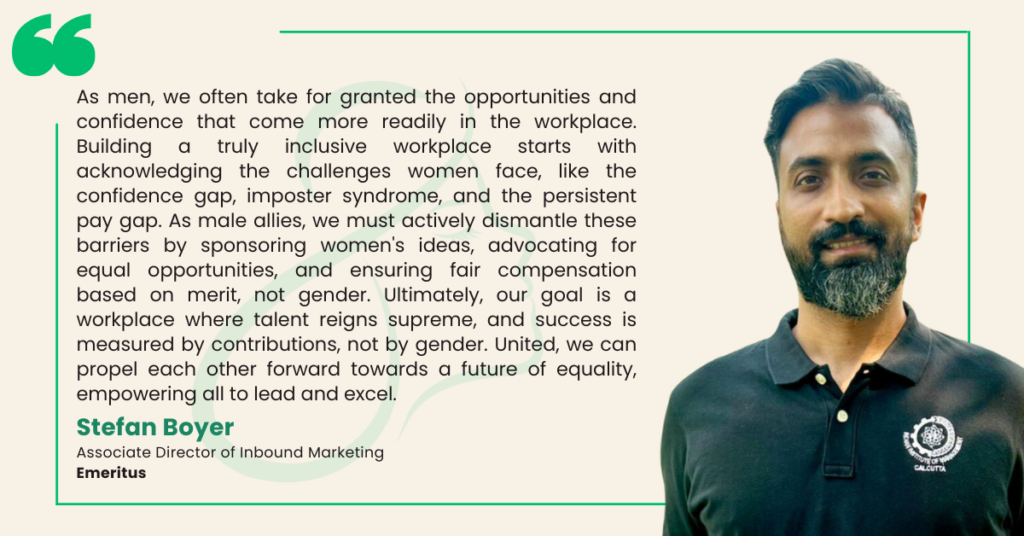
4. Lack of Equal Access to Opportunities
Women lack equal access to opportunities even before they enter the workforce, if they ever do. From high female child mortality rates to a lack of research into women’s health, dominant prevalence of anemia in women, the scales are tipped from the start.
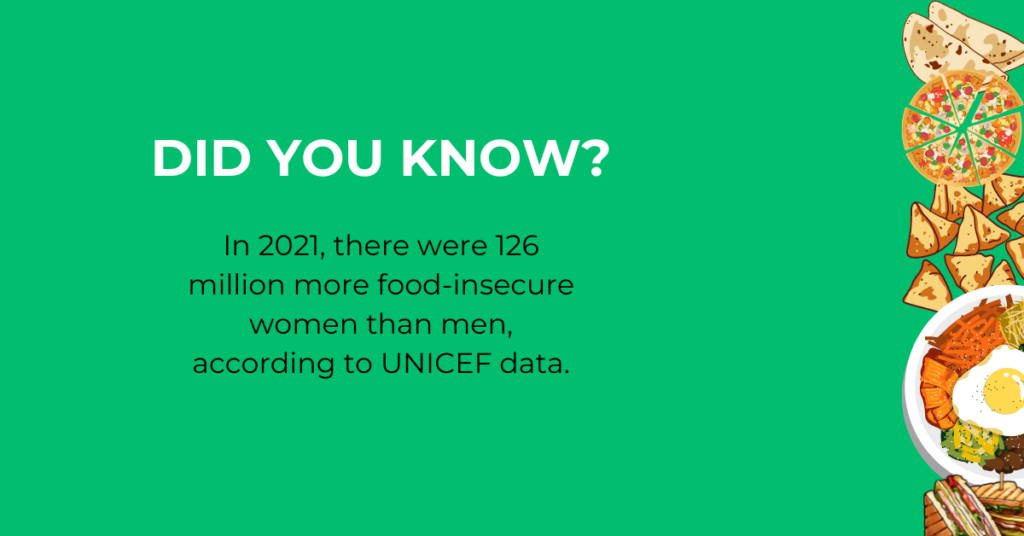
According to a report by UN Women, labor force participation rates for women aged 25-54 in 2022 was 61.4% compared to 90.6% for men. That is unequal participation staring at us in the face. But what is the root cause of this inequality? Is it that organizations don’t want to hire women or that women do not have the same employment rights as men? You would be surprised to know that globally, women still have only three-quarters of the legal rights afforded to men. Until recently, women in manufacturing could not work the third shift in India. Unintentionally, certain policies like this one become barriers to hiring women, leading to unequal employment opportunities.
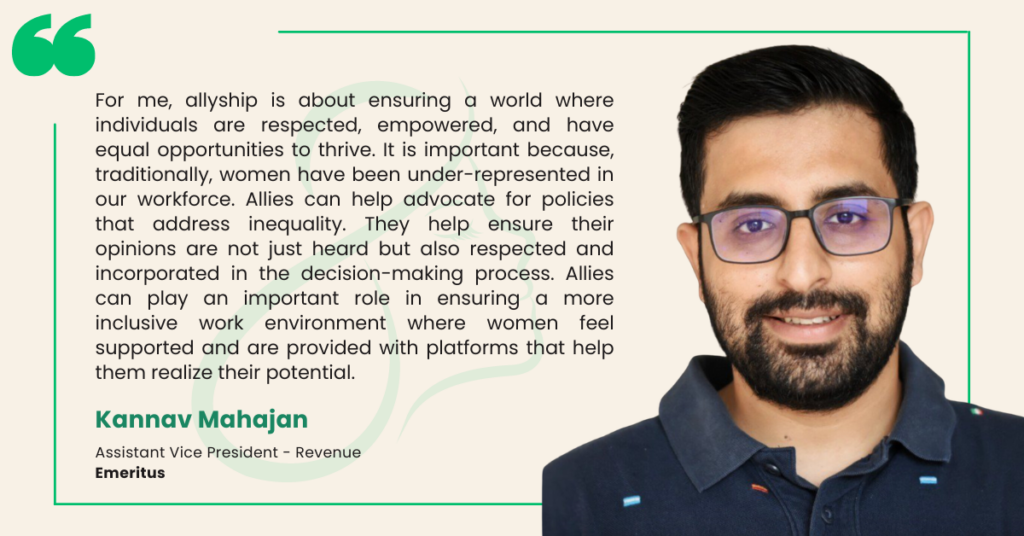
Equalizing Opportunities With Allyship
While we wait for policymakers to create more inclusive laws, it is imperative to develop corrections for the gap in opportunities within industries and organizations. Ganesh S, CHRO at Emeritus and Eruditus, responds to the question with much positivity. He says, “From the perspective of an HR leader in an organization committed to making education accessible, allyship takes on an even deeper significance. It means not only advocating for gender equity but also recognizing the intersectionality of gender and educational opportunities.”
Further, he explains how allyship can actually create a genuine impact in equalizing opportunities.
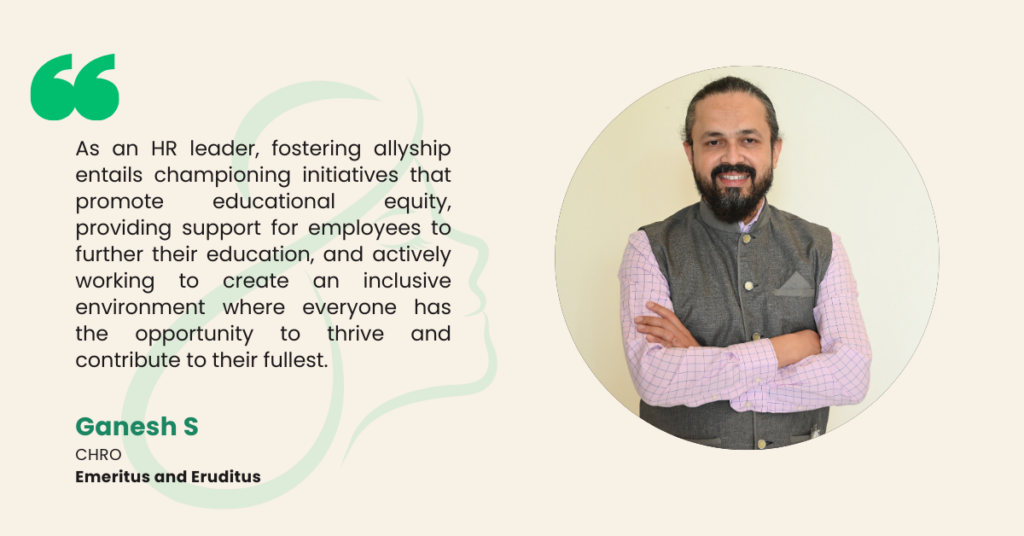
5. The Proverbial Glass Ceiling and Other Barriers to Entering Leadership
When it comes to challenges women in the workforce face, the glass ceiling is the OG enemy. But in 2024, does the glass ceiling still exist, and if it does, is it still institutionalized? Neha Sharma, Vice President, Brand and Marketing Communications at Emeritus, expresses, “Breaking barriers isn’t just about shattering glass ceilings; it’s about dismantling systemic obstacles that hinder women from rising to leadership positions.”
She goes on to say that institutions have the responsibility to ensure that the best man/woman/person for the job gets it. However, women must also ensure that they work toward being the best fit for the jobs they want.
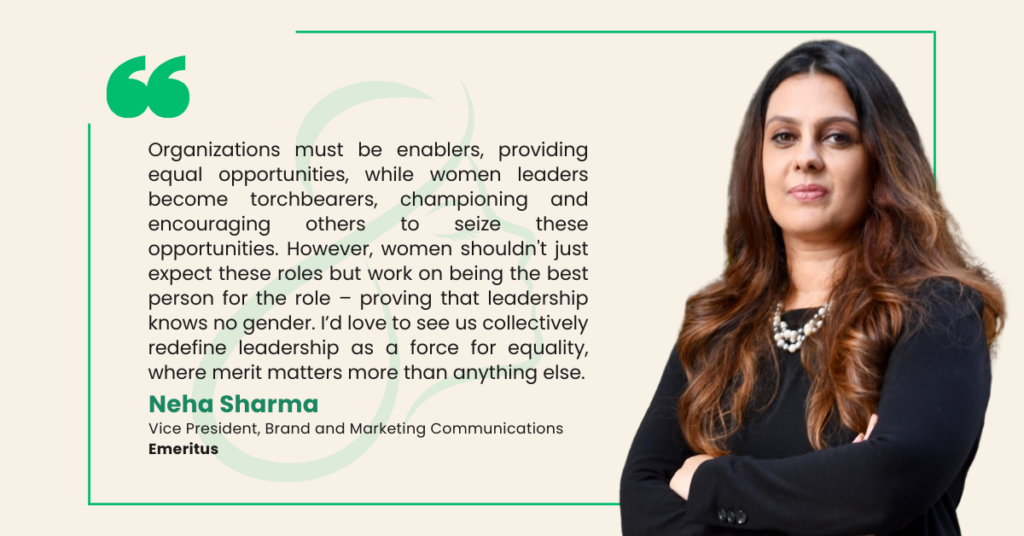
Breaking Mental Barriers to Rise Above the Glass Ceiling
The glass ceiling is a result of a combination of unique challenges that women in the workforce face throughout their careers. Hence, the expectation is that if all the other challenges that women face are addressed, the glass ceiling will vanish by itself. Tanushree Nagori, the co-founder of Doubtnut, as part of a panel discussion on breaking the glass ceiling at the ASU+GSV & India Summit, shared an interesting take:
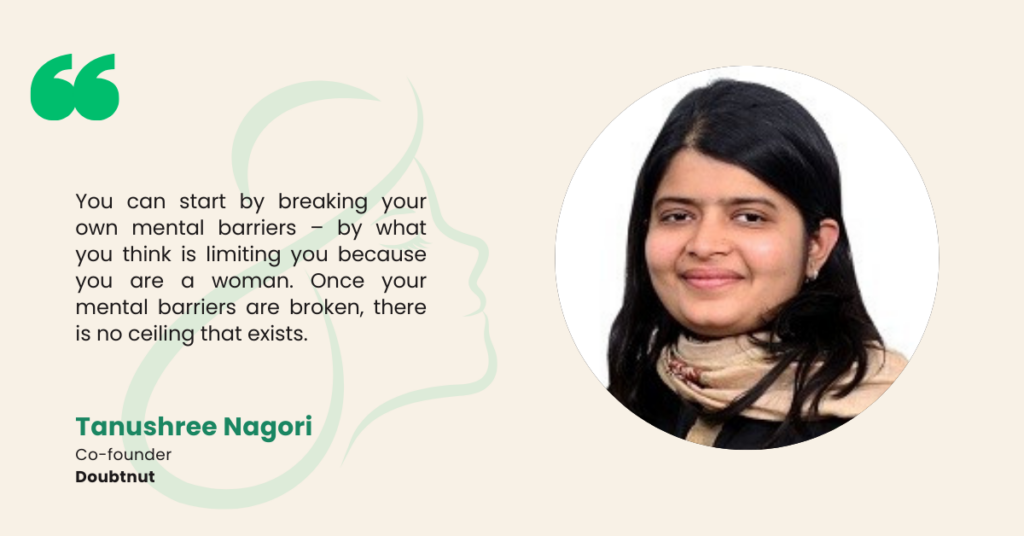
We have discussed so many different and novel solutions for the challenges faced by women in the workforce. But it’s imperative to understand that no one solution will fit any of these challenges like a glove. This is because, in the real world, the problems women face are often the result of traditional, cultural, systemic, institutional, and personal challenges. Hence, a combination of all these solutions and then some might be the only way to achieve the equity and inclusion we want in workplaces and the world at large. The Global Women of the Emeritus Employee Resource Group (ERG) is one such attempt at achieving this goal.
The Global Women of the Emeritus ERG: Women’s Day 2024
The challenges for women in the workplace are not new. But our approach to solving them can be novel. With this thought, the Global Women of Emeritus ERG was founded in 2022 by Maria Minniti, along with several champions of the cause. Its mission is to empower the women of Emeritus in their personal and professional growth by embodying Emeritus’ core values of social impact. It is an online community and an inclusive, diverse, supportive, and safe space for all. The philosophy of the ERG is to validate, elevate, and celebrate the fabulous women at Emeritus. It is, thus, no coincidence that this group, comprising Elaine Sequeira, Sakshi Fotedar, Alisha Siders, and Pooja Sharma, has empowered 250+ members and counting!
The ERG has executive sponsorship from Ashley Chiampo, Chief Learning Officer at Emeritus, and this is her message to the women in the workforce:
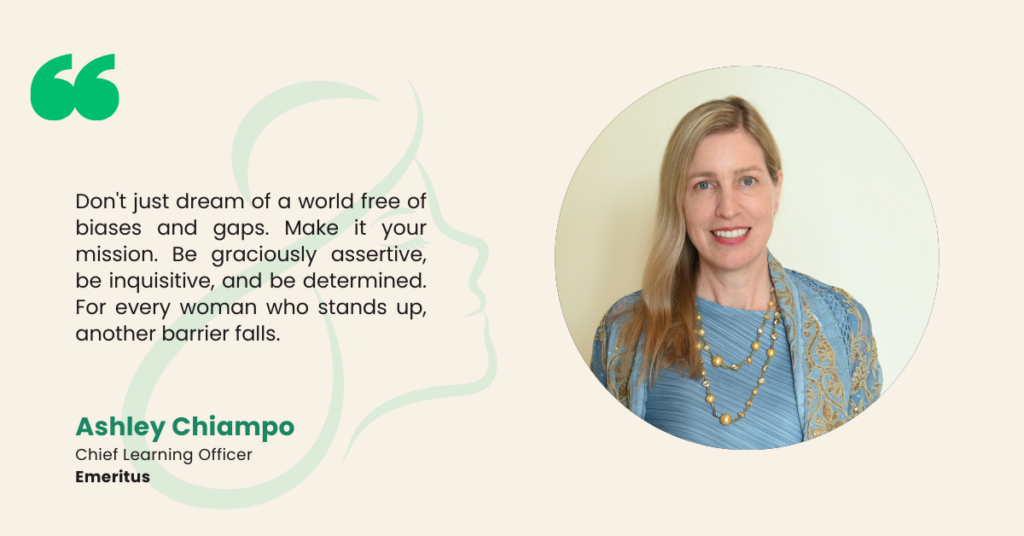
The ERG has established four pillars of success for women:
- Professional Development
- Storytelling
- Health and Wellness
- Social Impact
For 2024, the Global Women ERG in partnership with Global HR has launched the “Path to Purpose”, a leadership series that focuses on bringing the women of Emeritus and allies together in interactive discussions and learning about igniting our best selves at work and in our lives
From the ERG and all of us at Emeritus, we wish you a Happy Women’s Day 2024. Onwards and upwards to a more inclusive and equal world.
Creatives designed by Manasa Ramakrishnan
Write to us at content@emeritus.org




